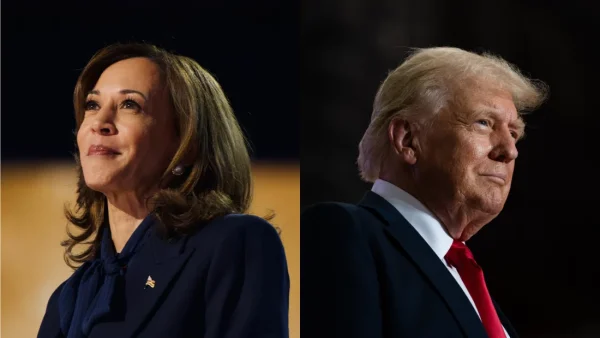Money In Music
March 28, 2019
The decades-old stereotype of musicians touring the world and making millions of dollars at every concert has come to an end. Now that the world has begun to truly take advantage of technology, music is more accessible and widely distributed than ever before. This, of course, has its pros and cons. However, one of the most noticeable effects of music transitioning into the streaming/internet age is money becoming far more scarce in the industry.
In the earlier days of music, an artist having listeners meant that they made money. This was because people had to buy cassettes, records, CDs, or mp3s to listen to that artist, so a large bulk of the profits went to the musicians. Now with the addition of streaming, most people just pay $10 a month on Spotify or Apple Music and enjoy free access to any music. This clearly means that artists make dramatically less money.
At the same time, more musicians than ever before are putting their music out into the world. While this is great, it means that it’s many times more difficult to get people to support your art with their money, there is growing competition every day. For a musician to attempt to make a living, they need to rely on touring, selling merch, and creative marketing ideas. Far more people will listen to someone’s music than buy their merch and go to their concerts. But now the people who listen but don’t go to shows or buy merchandise are giving those artists a tiny portion of their $10 for Spotify or Apple Music that month, rather than paying for albums and songs.
One might ask why it’s still a thing in the mainstream to see rappers like Lil Pump, Travis Scott, and Drake flash millions of dollars in cash and flaunt their wealth around. If there is little money to be made in music anymore, how do these artists make millions from their records? The answer is actually quite complicated, and most of it has to do with labels. The major record labels are the ones in the music industry who still have a lump sum of cash. They distribute this money to artists who they think have enough potential to make more money for the label. But the huge stacks of $100 bills seen in Instagram videos of these rappers are mainly the label’s money. The labels invest in artists and they know that status symbols and money are important to a rapper’s popularity, so they give young rappers millions of dollars to spend on jewelry, cars, and designer clothes. From there, the record companies just have to hope the artists will draw in enough popularity to make all of this money back.
It may be concerning to think about where music is going, but underground music scenes are still thriving. In these communities, everyone is urged to support the starving artist and to buy as much music and merch as possible. Underground touring is also largely based on providing sufficient money to give to touring artists. Hopefully, the music industry will overcome these difficulties and discover new ways to bring the money back. Artists are important to any society, and being able to make enough to supports oneself is vital.



